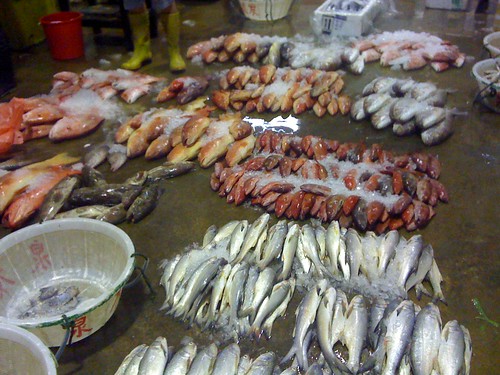
Perhaps one of the best ways to catch a glimpse of marine biodiversity is to visit your local fish market. Jurong Fishery Port is no Tsukiji, but on your average early morning visit, it's hard not to be stunned at the sheer volume and diversity of marine life.
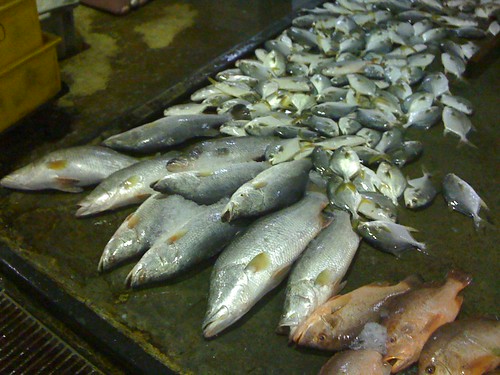
All manner of fishes, crustaceans, and other forms of seafood from all over the region arrive here, to be auctioned off and sold, then shipped to markets scattered throughout Singapore.
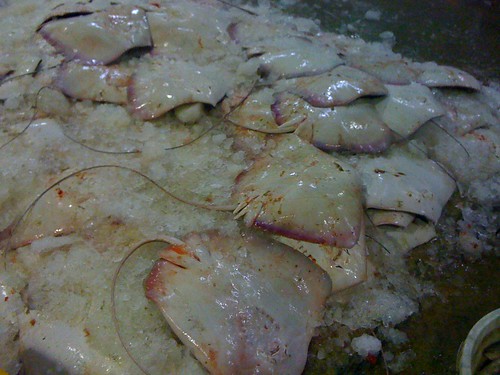
And yet, viewing the riches of the oceans, marvelling at the kaleidoscope of shapes and colours, one begins to wonder just how much longer we have until we truly reach the end of the line.
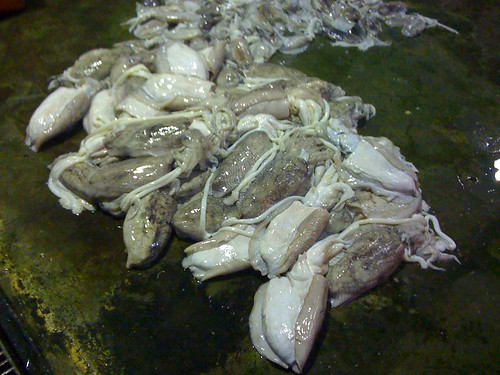
With numerous fisheries on the decline, and others on the brink of collapse, it boggles the mind to read about how acute myopia still cripples efforts to save the very resource so many communities depend on.
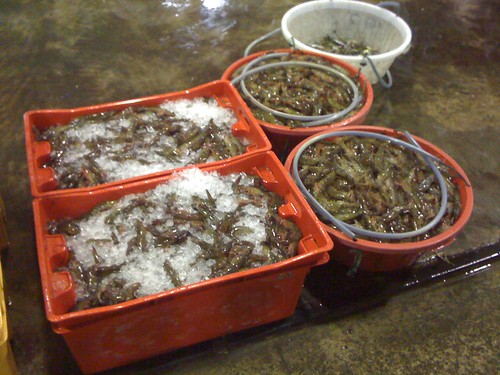
Aquaculture can provide solutions, but also creates many problems if mismanaged, with greater consequences for vital habitats.
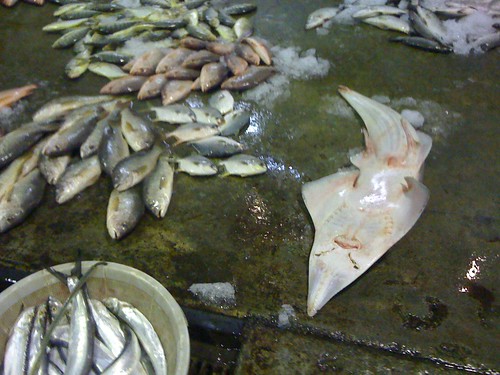
Indeed, more and more are waking up to the fact that the oceans are far from bottomless, and that continued plunder to sustain our insatiable greed will only create undersea deserts.

The need for consumers to make a stand on sustainable seafood is a reality. By choosing what seafood we eat, and what we abstain from eating, we are making decisions that will have trickle-down effects on the suppliers. When demand drops, there will be less of a need to continue to pillage the ever-shrinking fish stocks.
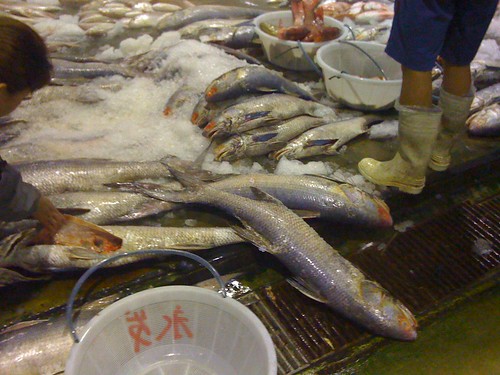
It's a concept that hasn't quite taken root here in the region, although steps are being made to rectify this. As a nation that obviously loves seafood, it's about time we became more responsible and ecologically conscious in what we choose to eat.